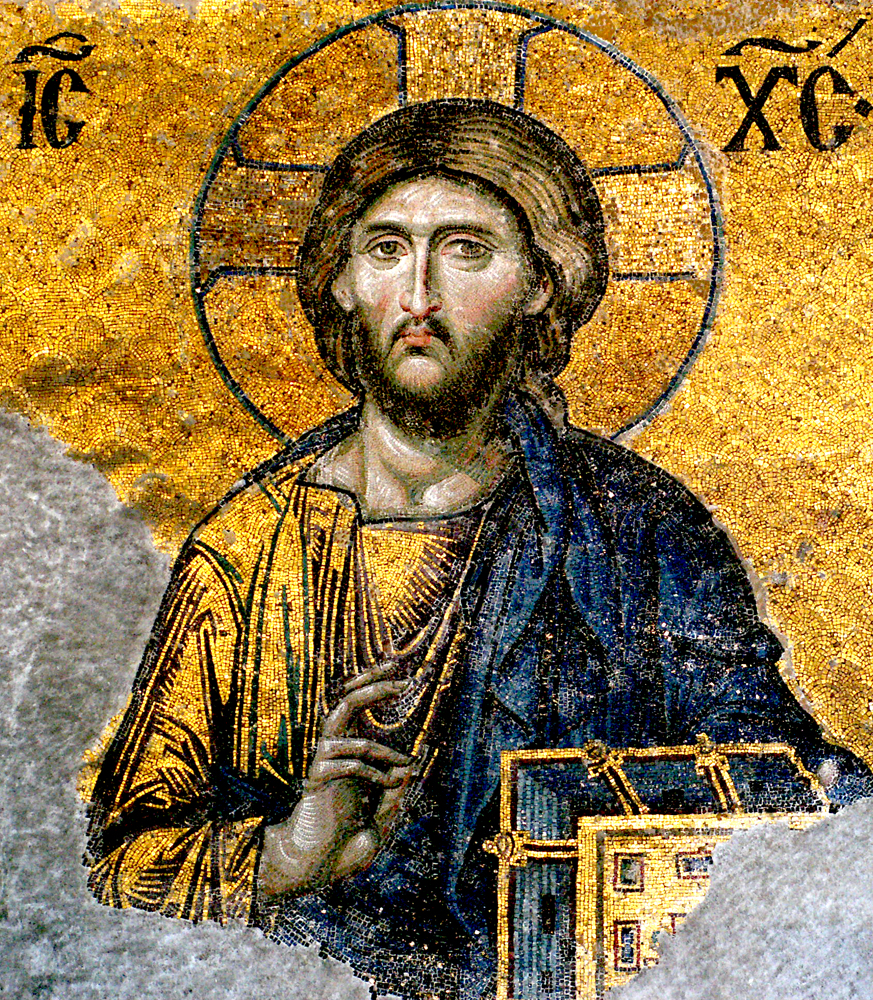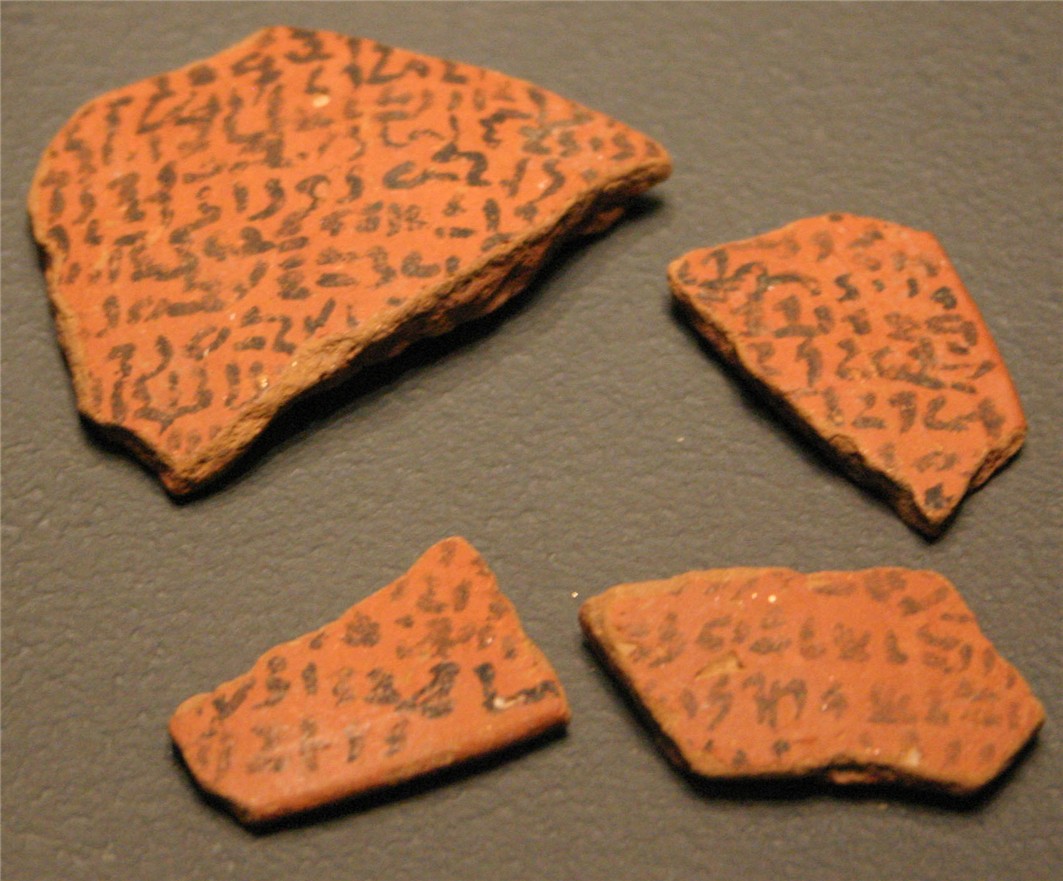|
Curse Tablet
A curse tablet (; ) is a small tablet with a curse written on it from the Greco-Roman world. Its name originated from the Greek and Latin words for "pierce" and "bind". The tablets were used to ask the gods, place spirits, or the deceased to perform an action on a person or object, or otherwise compel the subject of the curse. Description Curse tablets are typically very thin sheets of lead with the text scratched on in tiny letters. They were then often rolled, folded, or pierced with nails, and the tablets were then usually placed beneath the ground: either buried in graves or tombs, thrown into wells or pools, sequestered in underground sanctuaries, or nailed to the walls of temples. Tablets were also used for love spells and when used in this manner they were placed inside the home of the desired target. They are sometimes discovered along with small dolls or figurines (sometimes inaccurately referred to as "Haitian Vodou#Reception, Voodoo dolls"), which may also be pierced ... [...More Info...] [...Related Items...] OR: [Wikipedia] [Google] [Baidu] |
Bath, Somerset
Bath (Received Pronunciation, RP: , ) is a city in Somerset, England, known for and named after its Roman Baths (Bath), Roman-built baths. At the 2021 census, the population was 94,092. Bath is in the valley of the River Avon, Bristol, River Avon, west of London and southeast of Bristol. The city became a UNESCO World Heritage Site in 1987, and was later added to the transnational World Heritage Site known as the "Great Spa Towns of Europe" in 2021. Bath is also the largest city and settlement in Somerset. The city became a spa with the Latin name ' ("the waters of Sulis") 60 AD when the Romans built Roman Baths (Bath), baths and a temple in the valley of the River Avon, although List of geothermal springs in the United Kingdom, hot springs were known even before then. Bath Abbey was founded in the 7th century and became a religious centre; the building was rebuilt in the 12th and 16th centuries. In the 17th century, claims were made for the curative properties of water ... [...More Info...] [...Related Items...] OR: [Wikipedia] [Google] [Baidu] |
Charaktêres
''Charaktêres'' (singular: charaktêr) are letter-shaped signs lacking both semantic and phonetic correlations, which were used as magic signs in ancient literary documents. Forms and use In her 2013 thesis Kirsten Dzwiza studied 94 magical texts and recorded 699 different ''charaktêres'' occurring over 943 times. The character forms are mostly nonsensical and may include ring-letters, balls, points, closed elements, separate strokes, linear elements, small element, and hieroglyphs. The most common forms consist of asterisks and configurations of straight lines with small circles at their ends. The signs appear mostly on apotropaic spells and phylacteries, but also on a few ancient curse tablets. They may appear as loose groups of characters on a magical gemstone or spell to large groups alongside other figures on a magical text or table. They are often used alongside comprehensible arcane words, like the '' voces magicae'' in the texts of the Greek Magical Papyri. Charaktê ... [...More Info...] [...Related Items...] OR: [Wikipedia] [Google] [Baidu] |
Boustrophedon
Boustrophedon () is a style of writing in which alternate lines of writing are reversed, with letters also written in reverse, mirror-style. This is in contrast to modern European languages, where lines always begin on the same side, usually the left. The original term comes from , ', a composite of , ', "ox"; , ', "turn"; and the adverbial suffix -, -', "like, in the manner of" – that is, "like the ox turns hile plowing. It is mostly seen in ancient manuscripts and other inscriptions. It was a common way of writing on stone in ancient Greece, becoming less and less popular throughout the Hellenistic period. Many ancient scripts, such as Etruscan, Safaitic, and Sabaean, were frequently or even typically written boustrophedon. Reverse boustrophedon The wooden boards and other incised artefacts of Rapa Nui also bear a boustrophedonic script called Rongorongo, which remains undeciphered. In Rongorongo, the text in alternate lines was rotated 180 degrees rather than mirr ... [...More Info...] [...Related Items...] OR: [Wikipedia] [Google] [Baidu] |
Palindrome
A palindrome (Help:IPA/English, /ˈpæl.ɪn.droʊm/) is a word, palindromic number, number, phrase, or other sequence of symbols that reads the same backwards as forwards, such as ''madam'' or ''racecar'', the date "Twosday, 02/02/2020" and the sentence: "A man, a plan, a canal – Panama". The 19-letter Finnish language, Finnish word ''saippuakivikauppias'' (a soapstone vendor) is the longest single-word palindrome in everyday use, while the 12-letter term ''tattarrattat'' (from James Joyce in ''Ulysses (novel), Ulysses'') is the longest in English. The word ''palindrome'' was introduced by English poet and writer Henry Peacham (born 1578), Henry Peacham in 1638.Henry Peacham, ''The Truth of our Times Revealed out of One Mans Experience'', 1638p. 123 The concept of a palindrome can be dated to the 3rd-century BCE, although no examples survive. The earliest known examples are the 1st-century CE Latin acrostic word square, the Sator Square (which contains both word and senten ... [...More Info...] [...Related Items...] OR: [Wikipedia] [Google] [Baidu] |
Clement Of Alexandria
Titus Flavius Clemens, also known as Clement of Alexandria (; – ), was a Christian theology, Christian theologian and philosopher who taught at the Catechetical School of Alexandria. Among his pupils were Origen and Alexander of Jerusalem. A convert to Christianity, he was an educated man who was familiar with Ancient Greek philosophy, classical Greek philosophy and Ancient Greek literature, literature. As his three major works demonstrate, Clement was influenced by Hellenistic philosophy to a greater extent than any other Christian thinker of his time, and in particular, by Plato and the Stoicism, Stoics. His secret works, which exist only in fragments, suggest that he was familiar with pre-Christian Judaism, Jewish esotericism and Gnosticism as well. In one of his works he argued that Greek philosophy had its origin among non-Greeks, claiming that both Plato and Pythagoras were taught by Egyptian scholars. Clement is usually regarded as a Church Father. He is venerated as a ... [...More Info...] [...Related Items...] OR: [Wikipedia] [Google] [Baidu] |
Stanley J
Stanley may refer to: Arts and entertainment Film and television * ''Stanley'' (1972 film), an American horror film * ''Stanley'' (1984 film), an Australian comedy * ''Stanley'' (1999 film), an animated short * ''Stanley'' (1956 TV series), an American situation comedy * ''Stanley'' (2001 TV series), an American animated series Other uses in arts and entertainment * ''Stanley'' (play), by Pam Gems, 1996 * Stanley Award, an Australian Cartoonists' Association award * '' Stanley: The Search for Dr. Livingston'', a video game Businesses * Stanley, Inc., an American information technology company * Stanley Aviation, an American aerospace company * Stanley Black & Decker, formerly The Stanley Works, an American hardware manufacturer ** Stanley Hand Tools, a division of Stanley Black & Decker * Stanley bottle, a brand of food and beverage containers * Stanley Electric, a Japanese manufacturer of electric lights * Stanley Furniture, an American furniture manufacturer * ... [...More Info...] [...Related Items...] OR: [Wikipedia] [Google] [Baidu] |
Voces Mysticae
''Voces magicae'' (singular: ''vox magica'', "magical names" or "magical words") or ''voces mysticae'' John G. Gager (1999) Curse Tablets and Binding Spells from the Ancient World'. Oxford University, 278 pages. are pronounceable but incomprehensible magical formulas that occur in spells, charms, curses, and amulets from Classical Antiquity, including Ancient Greece, Egypt, and Rome. These formulas may include alternative names of gods or other unusual phrases which may have been intended as the secret, authoritative true name of certain gods. As an example: in the Greek Magical Papyri, the first spell of the first papyrus intended to summon a daimon assistant and included the phrase (in translation) "hisis your authoritative name: ARBATH ARBAOTH BAKCHABRE". The ''voces magicae'' have been said to be related to the Greek Ephesia Grammata. See also *Magic in the Greco-Roman world *Magical formula *Glossolalia Speaking in tongues, also known as glossolalia, is an activi ... [...More Info...] [...Related Items...] OR: [Wikipedia] [Google] [Baidu] |
Twelfth Dynasty Of Egypt
The Twelfth Dynasty of ancient Egypt (Dynasty XII) is a series of rulers reigning from 1991–1802 BC (190 years), at what is often considered to be the apex of the Middle Kingdom of Egypt, Middle Kingdom (Dynasties XI–XIV). The dynasty periodically expanded its territory from the Nile delta and valley South beyond the Cataracts of the Nile, second cataract and East into Canaan. The Twelfth Dynasty was marked by relative stability and development. It has a notably well recorded history for the period. Its first pharaoh was Amenemhat I and its final was Sobekneferu. History The chronology of the Twelfth Dynasty is the most stable of any period before the New Kingdom of Egypt, New Kingdom. The Turin King List, Turin Royal Canon gives 213 years (1991–1778 BC). Manetho stated that it was based in Thebes, Egypt, Thebes, but from contemporary records it is clear that the first king of this dynasty, Amenemhat I, moved its capital to a new city named "Amenemhat-itj-tawy" ("Amenemha ... [...More Info...] [...Related Items...] OR: [Wikipedia] [Google] [Baidu] |
Execration Texts
Execration texts, also referred to as proscription lists, are ancient Egyptian hieratic texts, listing enemies of the pharaoh, most often enemies of the Egyptian state or troublesome foreign neighbors. The texts were most often written upon statuettes of bound foreigners, bowls, or blocks of clay or stone, which were subsequently destroyed. The ceremonial magic, ceremonial process of breaking the names and burying them was intended to be a sort of sympathetic magic that would affect the persons or entities named in the texts. The fragments were usually placed near tombs or ritual sites. This practice was most common during times of conflict with the Asiatic neighbors of Egypt. Historical periods of execration texts Execration texts are attested from the late Old Kingdom of Egypt, Old Kingdom ( 2686–2160 BCE) up into the New Kingdom of Egypt, New Kingdom (c. 1550–1069 BCE). The earliest physical execration texts date to the Sixth Dynasty of Egypt, 6th dynasty (24th–22nd cen ... [...More Info...] [...Related Items...] OR: [Wikipedia] [Google] [Baidu] |
Ancient Egypt
Ancient Egypt () was a cradle of civilization concentrated along the lower reaches of the Nile River in Northeast Africa. It emerged from prehistoric Egypt around 3150BC (according to conventional Egyptian chronology), when Upper and Lower Egypt were amalgamated by Menes, who is believed by the majority of List of Egyptologists, Egyptologists to have been the same person as Narmer. The history of ancient Egypt unfolded as a series of stable kingdoms interspersed by the "Periodization of ancient Egypt, Intermediate Periods" of relative instability. These stable kingdoms existed in one of three periods: the Old Kingdom of Egypt, Old Kingdom of the Early Bronze Age; the Middle Kingdom of Egypt, Middle Kingdom of the Middle Bronze Age; or the New Kingdom of Egypt, New Kingdom of the Late Bronze Age. The pinnacle of ancient Egyptian power was achieved during the New Kingdom, which extended its rule to much of Nubia and a considerable portion of the Levant. After this period, Egypt ... [...More Info...] [...Related Items...] OR: [Wikipedia] [Google] [Baidu] |








